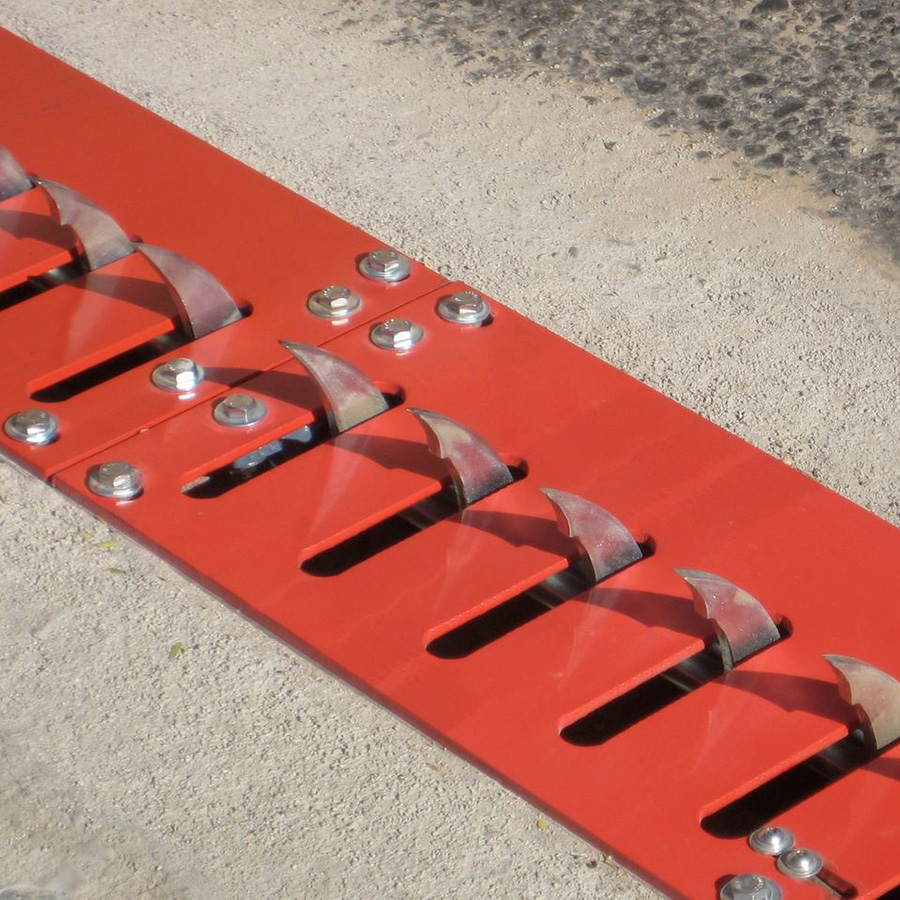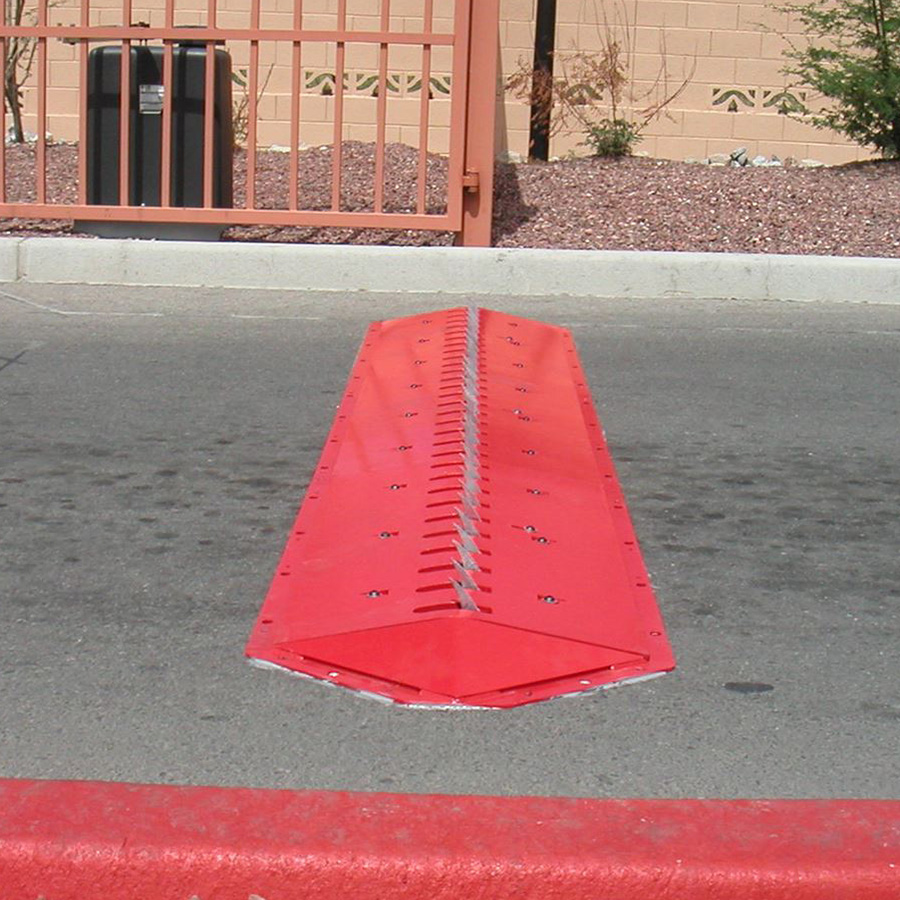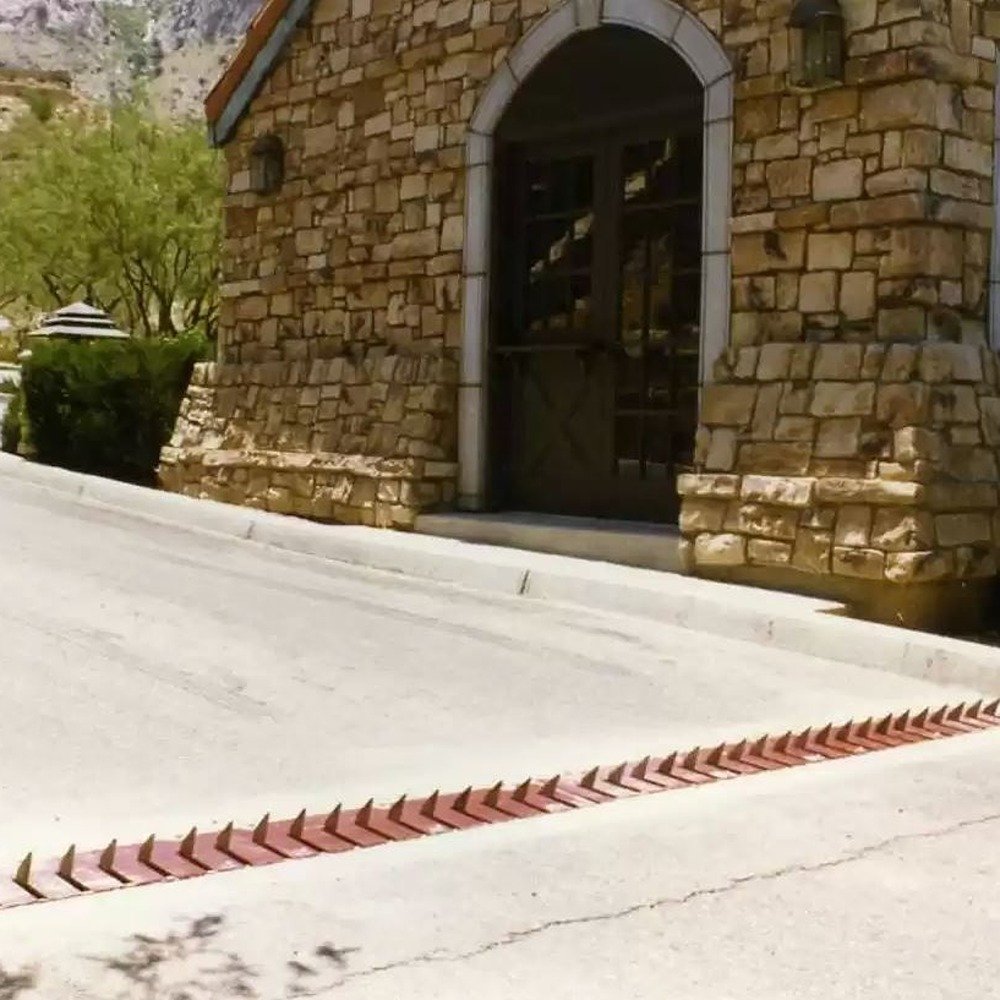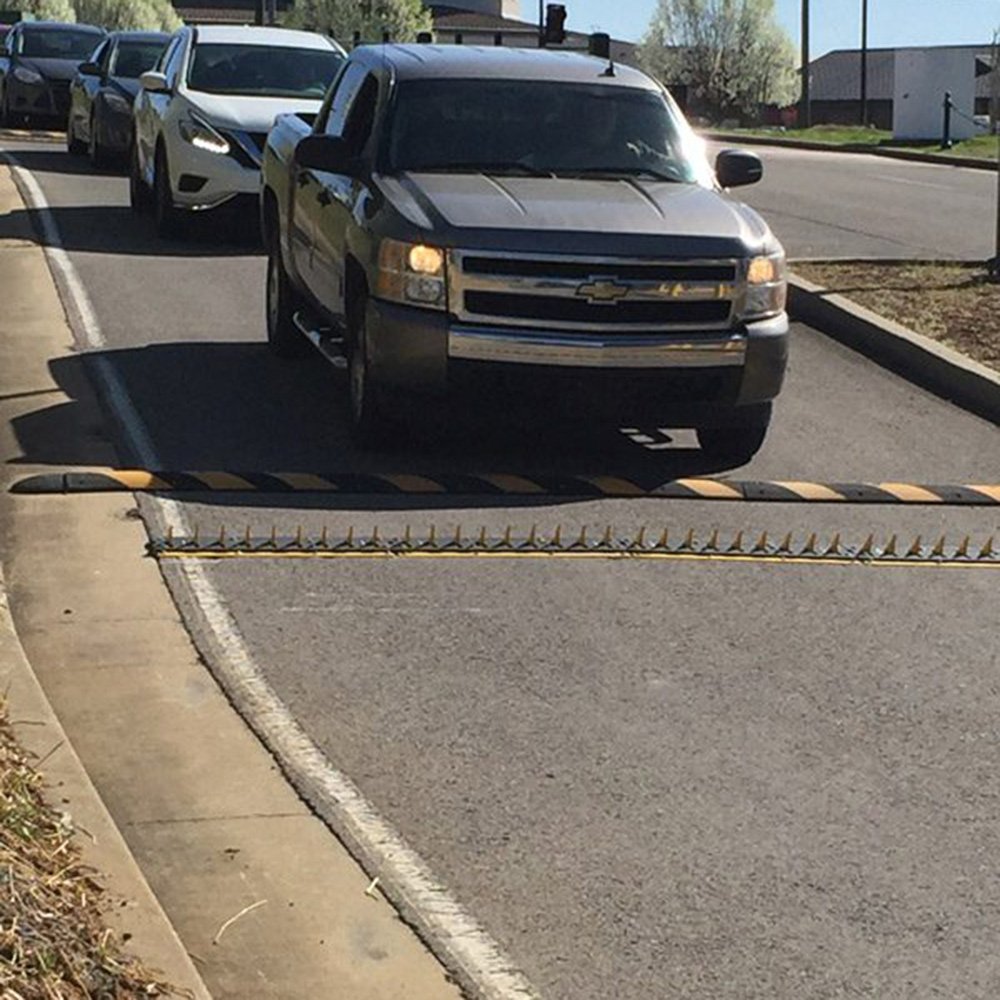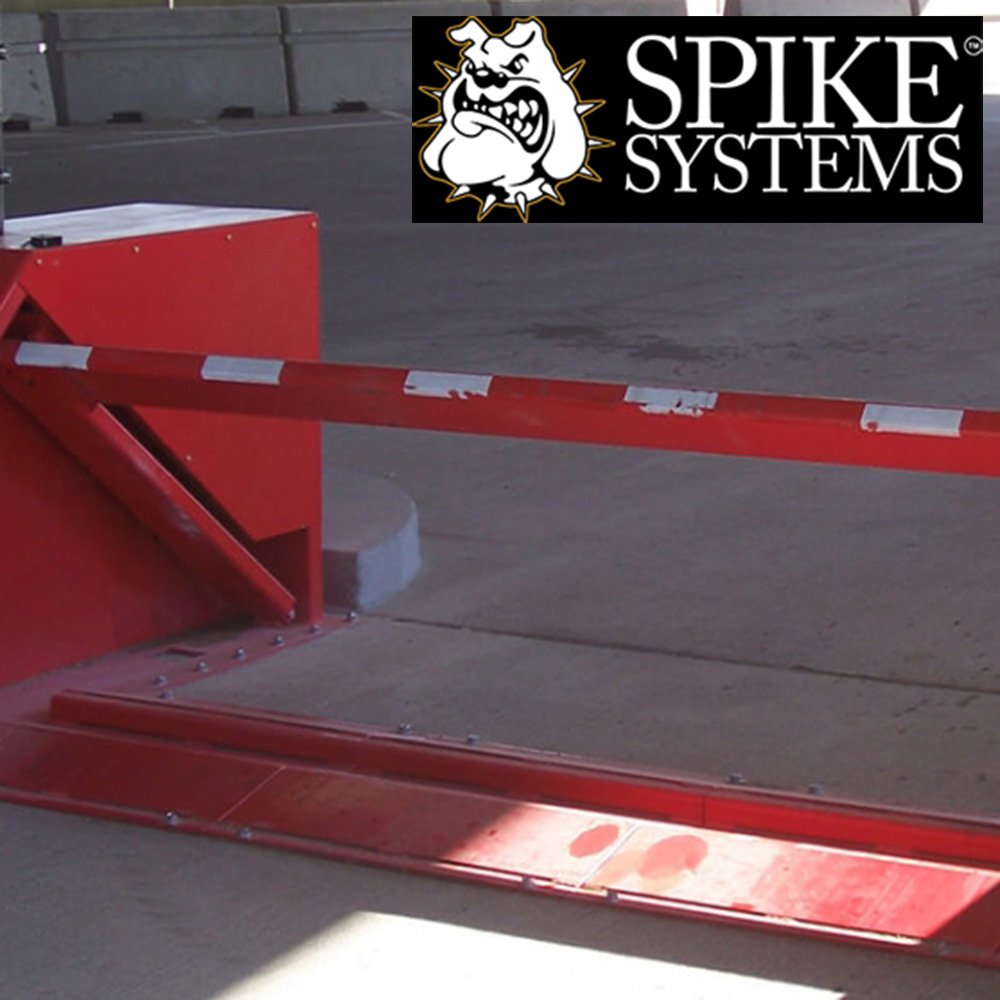The Do’s and Don’ts of Installing A Traffic Control Systems
Installing traffic control systems on your property is an efficient way to restrict access, guide traffic, and elevate security without needing someone to physically be there. These systems are a great addition to frequently used traffic spaces that need supervision and traffic control at all times of the day, like universities, airports, government buildings, and car rental lots.
Though these traffic control systems provide convenience as well as security to your parking lots or garages, leaving the public to effectively maneuver through your units like traffic spikes can lead to potential risks and possible liability. That is why it is imperative to take all necessary safety measures when installing and promoting your traffic control system. Below we have compiled a list of do’s and don’ts that should be considered when putting in your traffic control unit.
1. Do Install Your Traffic Unit in A Noticeable Location
When installing your traffic control system, it is important to select an area where people both driving and walking can clearly see it. Systems that are installed in places with low visibility are potential hazards that can cause injury or damage to someone’s vehicle or person. Placing your traffic control system in a noticeable area not only helps to prevent risk but also ensures that people properly maneuver through the space without causing congestion.
2. Don’t Install Your System On Uneven, Curved, Or Unreliable Surfaces
After you have picked an appropriate location to place your traffic control system you must then ensure that the ground is in good condition for a sturdy and proper installation. Traffic spikes and other traffic control systems must be installed on level ground. Even the smallest bump or dip could throw off the balance of the unit and lead to serious issues down the line.
It is also important to identify what style of traffic spikes you have purchased as each one has different requirements for when installed. When installing a surface mount traffic unit, the system must be placed on an even road top to be properly bolted down. This unit cannot be installed on hills or slopes.
While in-ground traffic units require you to install it within a level drainage bed. Properly installed in-ground units are completely flush with the ground when recovered. If not installed properly you run the risk of the teeth of the unit being tilted in the wrong direction, which can cause serious damage to vehicle tires that drive over it.
3. Do Warn People to Where The Unit Is Located
After your traffic control system has been properly installed it is necessary to clearly mark where it has been placed. Most safety codes require that signs as well as reflective caution tape be used to signal to pedestrians and cars that they are approaching the unit. These safety measures not only serve as a benefit to cars to remind them to slow down but also are important to warn walking pedestrians about the sharp spikes of the unit so they are able to avoid them.
4. Don’t Install Near Dirt Or Gravel Lots
If your garage or parking lot is located near an area with dirt or gravel it is encouraged to have that space covered with concrete or asphalt. The reason for this is due to the dust that often comes from these types of areas. When constantly exposed to these conditions your traffic control system can experience dust and debris build-up that can lead to the system not working properly or even the need for repairs.
5. Do Install Draining Systems Near Your Unit
Like the dirt or gravel lot, it is important to keep your traffic control system from being exposed to large volumes of water. Excessive amounts of accumulating water can cause serious damage to your system. To ensure your unit is safe we encourage customers to install a drain or channels near their system so water can be lead away from it during heavy rainfalls.
6. Do Regular Maintenance Checks
To keep your traffic controller in tip-top condition it is important to perform regular maintenance checks on it. Periodically inspect your unit and perform lite cleaning to ensure that no debris is interfering with the inner workings of the system. Without maintenance, your unit is likely to malfunction or require costly repairs.
We hope this list helps you navigate the proper etiquette for installing and maintaining a traffic control system. Following this list will not only help you to avoid potential risks but also promote success with the use of your unit.

